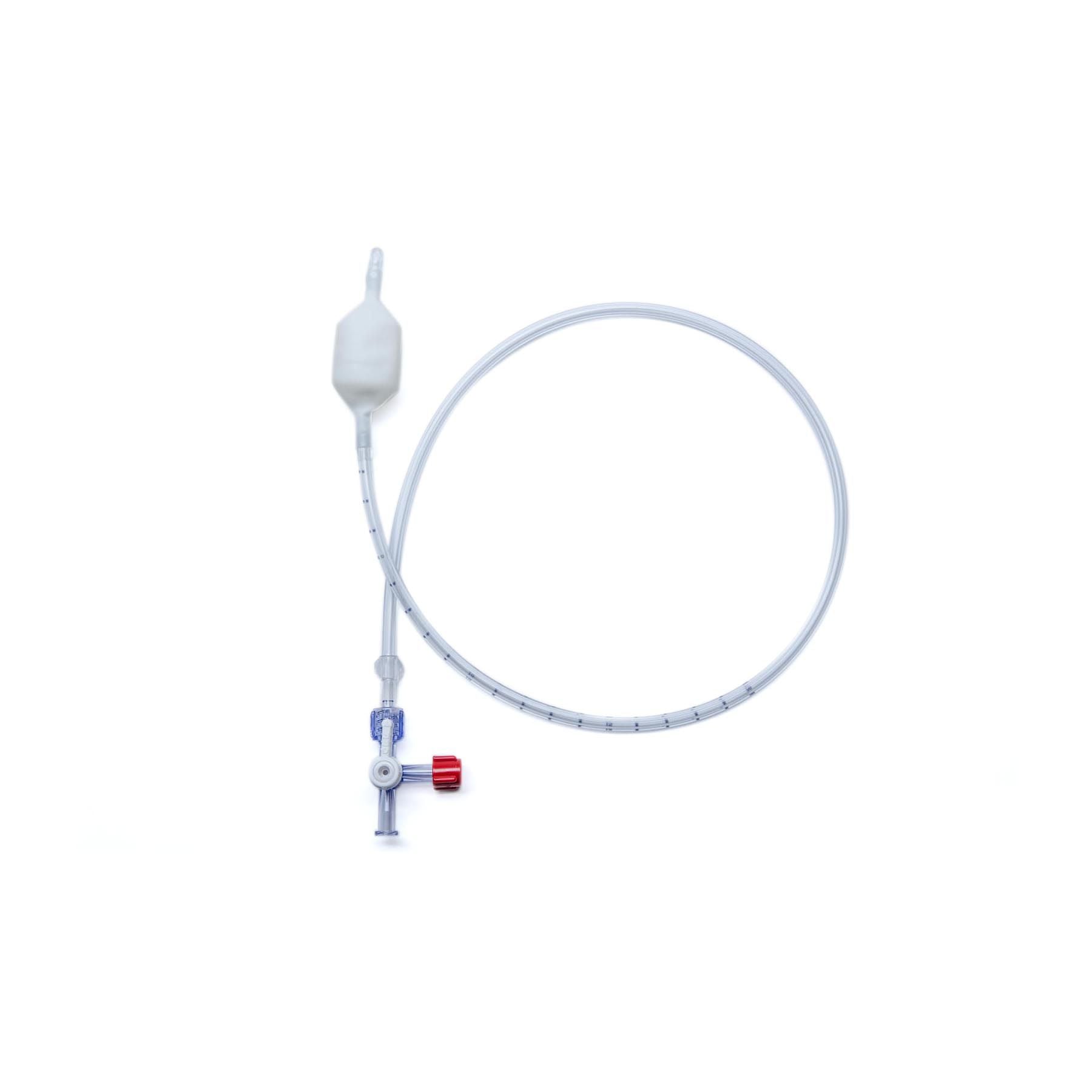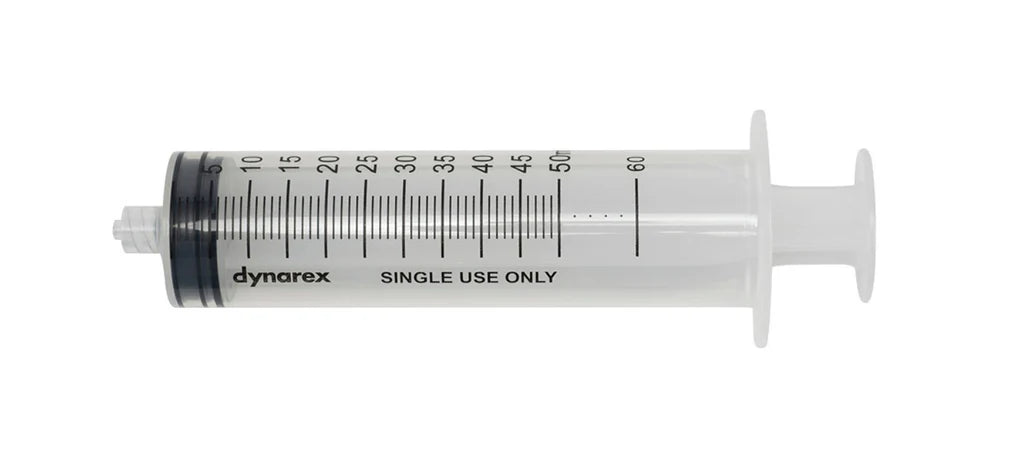Description
The MUI anorectal balloon catheter is an advanced rectal catheter with balloon design, enabling accurate rectal ballooning and expulsion testing by gastrointestinal specialists, or pelvic floor therapists. This sterile, single-use rectal tube balloon device supports both diagnosis and therapeutic biofeedback in clinical motility settings.
Features, Benefits & Clinical Use Cases
-
Rectal catheter with balloon—single-use safety for patient protection, reducing infection risks.
-
Non-latex composition, ideal for sensitive patients or those with allergies.
-
400mL capacity allows precise rectal ballooning and pressure feedback in standard testing protocols.
-
Optimized tubing for easy intubation, minimizing discomfort with each rectal tube balloon placement.
-
External depth markings for accurate, repeatable deployment of the anorectal balloon catheter.
-
Cross-compatible with solid-state and water-perfused motility equipment.
-
Designed for routine balloon expulsion tests and rectal ballooning biofeedback.
Clinical Use Cases:
Effective for rectal ballooning procedures, expulsion testing, and biofeedback therapy—supporting patients with chronic constipation, functional GI disorders, or pelvic floor dysfunction.
Technical Specifications
| Feature | Specification |
|---|---|
| Device Name | Anorectal Balloon Catheter (Rectal Catheter with Balloon) SR1B |
| Balloon Volume | 400 mL |
| Material | Non-latex |
| Usability | Sterile, single-use - Filled with air |
| Tubing | Easy intubation, marked for placement |
| Compatibility | Solid-state & water-perfused systems |
Ordering, SKU & Regulatory
-
SKU: SR1B
-
Sterile, single-use rectal ballooning device
Frequently Asked Questions
What is a rectal catheter with balloon used for?
It is designed for rectal ballooning and expulsion testing—providing both diagnostic feedback and therapeutic options in colorectal motility clinics.
How is the anorectal balloon catheter inserted?
The specialized tubing and depth markers allow smooth, accurate placement for all rectal ballooning procedures.
CPT Codes
-
CPT 91122:
Used for gastrointestinal imaging, pressure measurement, and manometric studies involving a manometer to measure rectal and anal sphincter contraction as part of anorectal expulsion or manometry testing. -
CPT 90901:
Defined as “biofeedback training by any modality,” this code is an established part of the medicine services/procedures set. It is appropriate for billing biofeedback including modalities like EMG, thermal, or EEG when not performed in conjunction with psychotherapy.
Additional CPT codes that may be relevant for billing anorectal function assessment and biofeedback procedures include:
-
91120: Rectal sensation, tone, and compliance test (response to graded balloon distention), which is appropriate when performing rectal ballooning or compliance/sensitivity testing in addition to or separate from manometry/expulsion.
-
90912: Biofeedback training, perineal muscles (including EMG and/or manometry), initial 15 minutes, when performed one-on-one by a physician or qualified health professional; often used if a time-based, direct supervision is required.
-
90913: Each additional 15 minutes of biofeedback training as above (used in conjunction with 90912 if session lasts longer than 15 minutes).
-
51784: Electromyography (EMG) studies of the anal or urethral sphincter, which may be performed as part of comprehensive pelvic floor assessments.
-
76872: Ultrasound, transrectal, sometimes used in complex cases to further characterize anatomy or guide therapy.
-
91117: Colon motility (manometric) study with extended recording, in rare, complex cases or as required for assessing more expansive motility concerns.
Key Billing Advice
-
CPT 91122 and 91120 can sometimes both be billed if distinct manometry and compliance/sensitivity testing are performed and documented separately, but always review local payer policies to ensure correct billing practices.
-
Pair appropriate ICD-10 diagnosis codes such as K59.00–K59.09 (constipation), R15.0–R15.9 (fecal incontinence), K59.4 (anal spasm), and others relevant to functional bowel disorders.
-
Ensure clinical and procedural notes clearly document medical necessity, test parameters, distinct time intervals, and modality, especially for time-based codes like 90912/90913.




